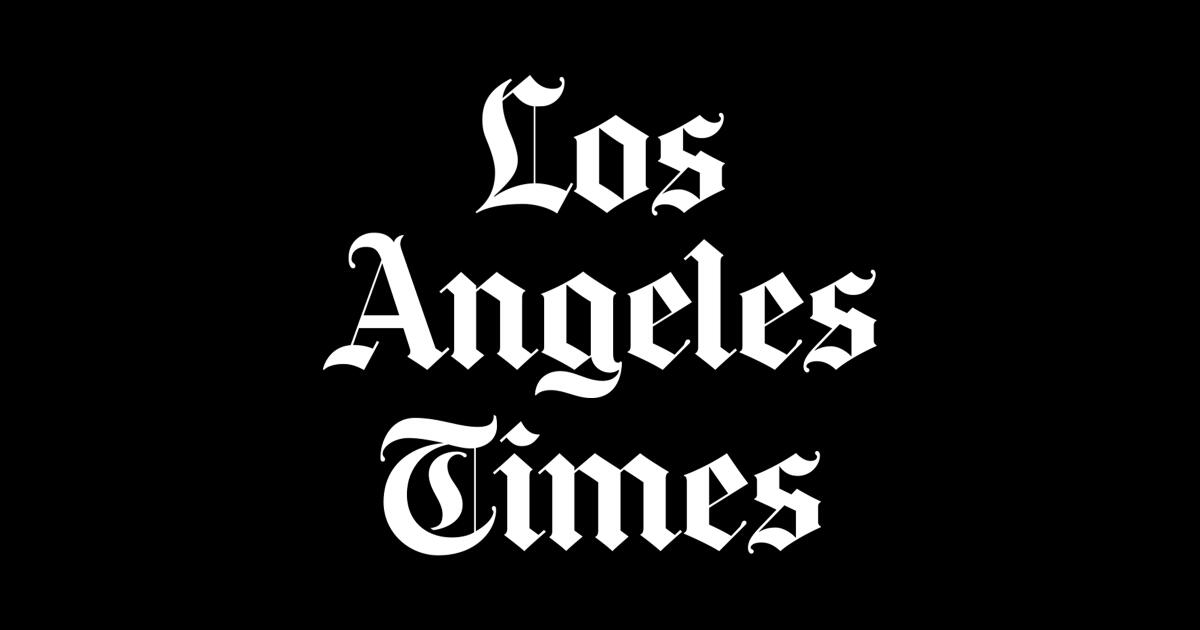Budget Gap Getting Wider, Connell Says
SACRAMENTO — Bolstering Republican calls for deeper spending cuts, state Controller Kathleen Connell warned Wednesday that disappointing revenues are paving the way for the state’s budget gap to swell to nearly $27 billion.
Connell’s warning came as talks over a new spending blueprint, already more than eight weeks overdue, appeared stalled in the Assembly. Democrats want $4.2 billion in new revenue to help close a budget gap that has been projected at $23.6 billion, but Republicans seek deeper spending cuts to eliminate the need for tax hikes and to diminish future shortfalls.
Connell said June and July revenues are running $434 million below projections by Gov. Gray Davis’ administration, and the state would take in $2.9 billion less than anticipated during the current fiscal year if the trend continues.
Even after a budget is adopted for 2002-03, the imbalance between revenue and expenditures is expected to continue. Connell projects a $12-billion shortfall next year, and she said the situation warrants a midyear review of the spending plan lawmakers approve this year.
Anita Gore, a spokeswoman for the state Department of Finance, had no comment on Connell’s revised revenue forecast. Gore said her department would not revise its revenue estimates until January.
Connell said her office is preparing a plan for the state to borrow as much as $12 billion to avert a cash crunch that will materialize in November if the current standoff drags into the fall. She warned, however, that securing the short-term borrowing would not free her to make certain payments without a budget in place.
State payments for abortion services provided after Sunday as well as payments owed to 21 regional centers that help connect the developmentally disabled to services–ranging from transportation to residential care–will cease without legislative intervention until a budget is approved and signed by Davis.
Abortion rights advocates disagreed Wednesday with Connell’s interpretation of the law.
Connell has already stopped paying elected officials, legislative staff and hundreds of vendors who provide goods and services to the state. Assembly Republicans urged Democrats Wednesday to hear a bill that would allow emergency appropriations to be made for the developmentally disabled, vendors and others.
